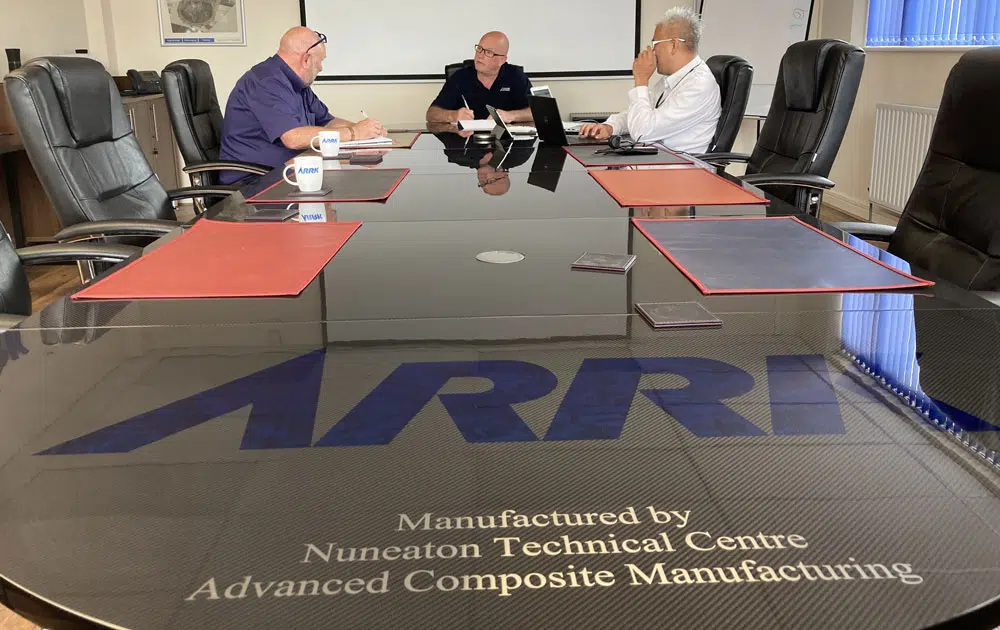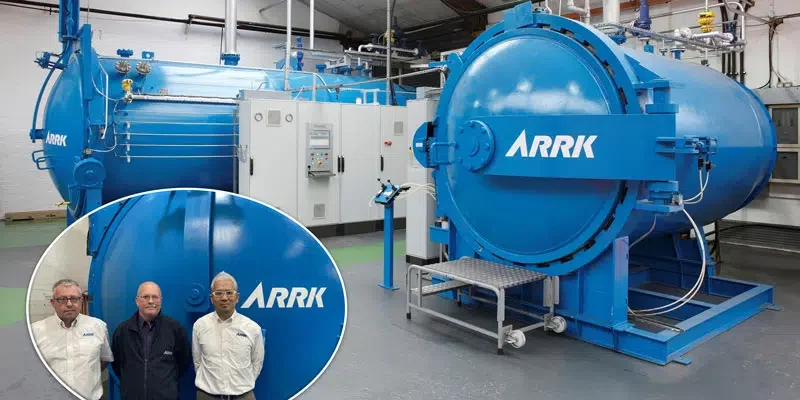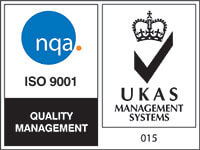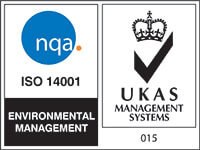In a world of customer led design, innovation, ever exacting manufacturing requirements and an increasing appreciation of environmental issues, material choice and its properties play a significant part in any decision-making process. ARRK’s industry experts in Composites Solutions list a few key advantages for this process:
1) The visual aesthetics of Composites
- For many applications, it is the visual aesthetics of carbon fibre that dictate its use. With an ever-expanding range of woven carbon fibre fabrics or random fibre materials available, there is a carbon fibre finish to suit most requirements.
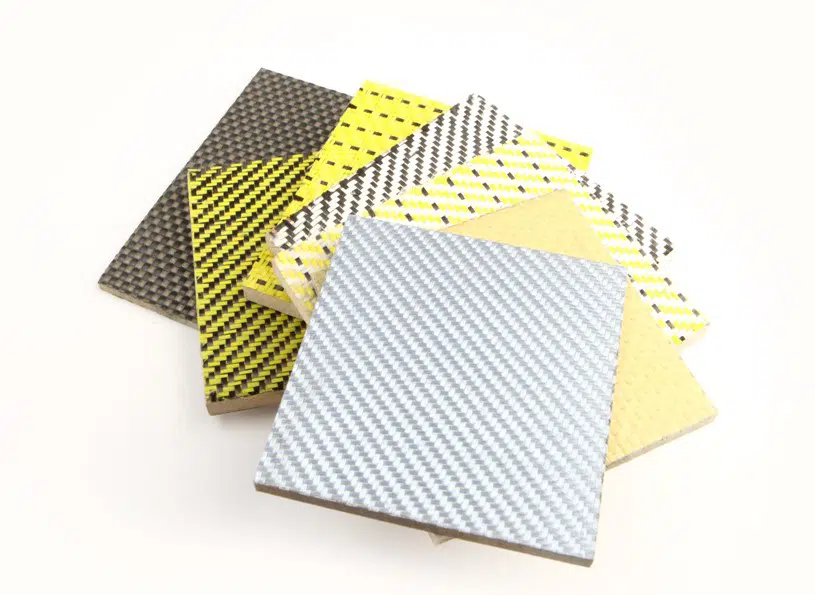
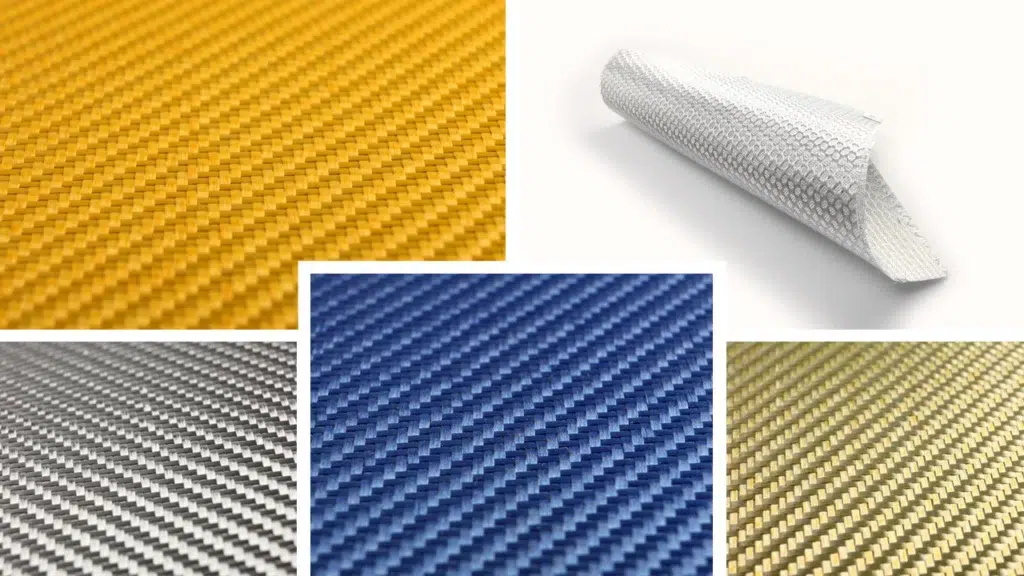
2) The strength to weight ratio of Composite
- For the equivalent strength of a component, carbon fibre is approximately 4-5 times lighter than steel, 2-3 times lighter than titanium and approximately half the weight of aluminium. This makes it ideal where lightweight, high strength, high stiffness and good fatigue resistance are required.
3) Cost and lead time
- Fibreglass is amongst the most cost effective of the composite material solutions. It can be formed from a simple mould, which are quicker, easier and cheaper to manufacture for complex parts than the equivalent mould to produce a metal component.
- Fibreglass also offers excellent resistance to heat and humidity, is non-flammable and a good electrical insulator and anti-magnetic.
4) Material characteristic requirements
- Depending upon the composite material chosen for the application and the precise way in which the fabric is placed in the mould, the weight, strength, stiffness, or compliance of a product can be sculpted to suit the requirements of the part.
- The use of uni-directional and/or bi-directional fabrics enables a single carbon fibre entity to have different characteristics in different places, which can be tuned from part to part during research and development, prototype, or low volume production build phases.
5) Composites are mouldable to virtually any shape
- Carbon fibre and fibreglass can be formed into virtually any shape.
- Even when a product is manufactured from multiple pieces of composite fabric, it becomes a seamless, homogeneous product once cured.
6) Performance benefits of composite materials
- Aramid (aromatic polyamide) fibres have a tensile strength which is over eight times that of steel wire and demonstrate significant performance benefits where resistance to damage, fatigue, stress and rupturing are required. This makes them the obvious choice for military and ballistic applications.
- Kevlar aramid can withstand temperatures of +450°C (+840°F) and -180°C (-350°F) without degrading or become brittle, enabling aramid’s to be designed into composite components where the working environment is a consideration.
7) Stress free composites components
- There are no stresses created in the manufacturing processes of carbon fibre, aramid and fibreglass components, making them an ideal choice where the stability of the product is paramount.
Composite and Carbon Fibre parts can be an ideal choice for use in many industry sectors. This includes, Automotive, Furniture, Marine, Defence, Oil & Gas and Renewable industries. Want to know more? Talk to our composite experts and see how our composite solutions could help you!
